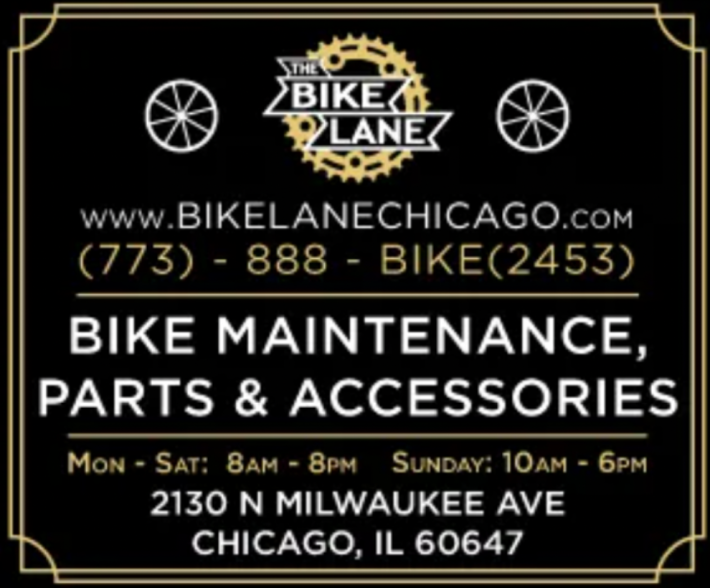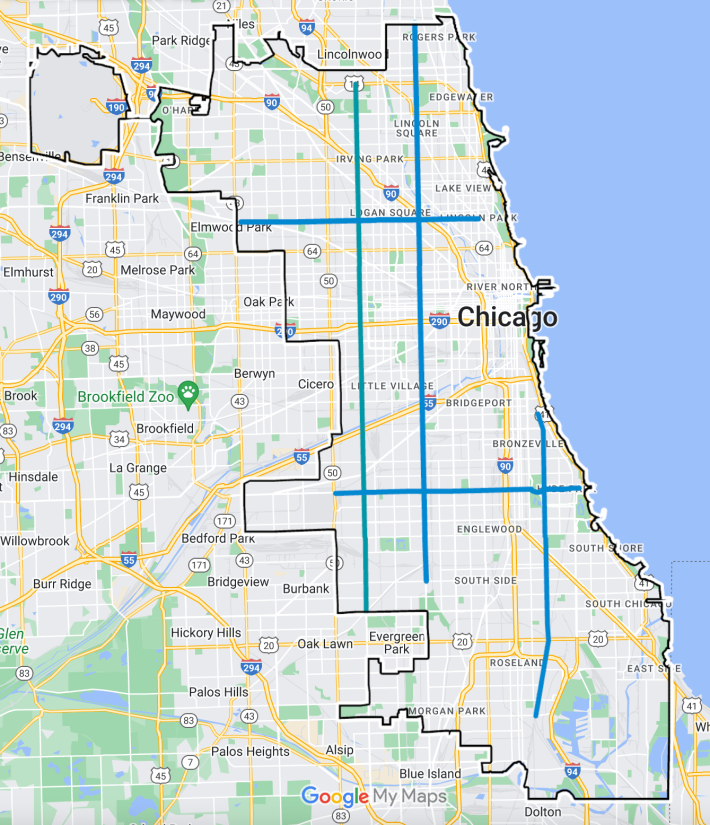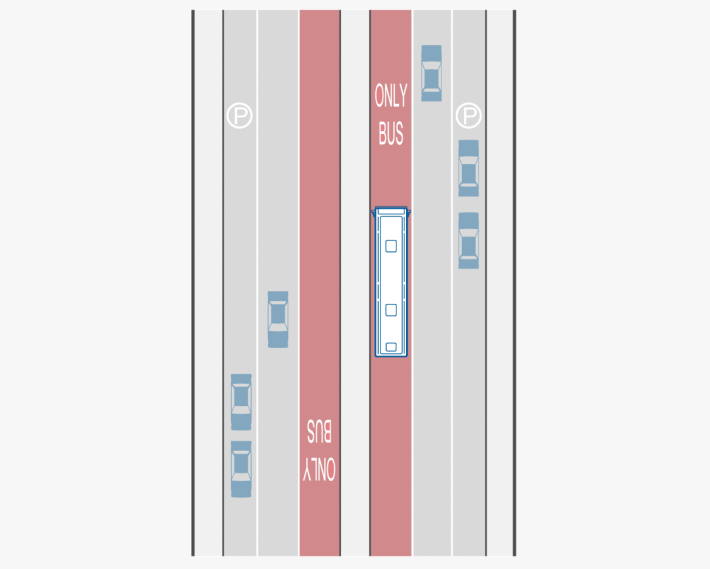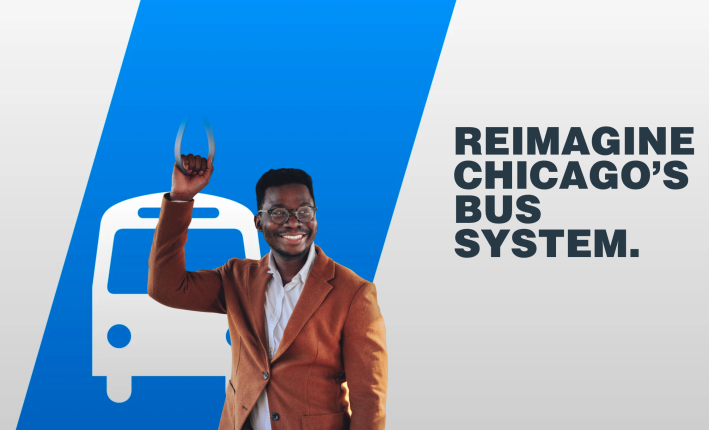
There's a lot going on in the CTA bus world nowadays. Here's a look at what's happening.
A chance to speak out for extending the 9 Ashland bus
For starters there are some misguided neighbors in Lincoln Square and Uptown who are opposed to the otherwise very popular plan to extend the 9 Ashland bus north from Irving Park Road (4000 N.) to Lawrence Avenue (4800 N.) One of them argued at a recent public meeting that the buses, which will help replace car trips in the area, would bring "noise, air, traffic pollution non-stop." Worse, another resident claimed, "This will affect property values and bring problems into this neighborhood... Wait till Ravenswood starts getting robbed."

Someone even launched a Twitter account called "No Bus Without Input From Us." It has the tagline, "Concerned neighbor seeking to confirm the Ashland bus extension project is properly vetted and neighbors have had opportunity to provide input." That's despite the fact that at least 116 people took part in last month's Zoom community meeting on the project.
Maybe I shouldn't be overly worried about the anti-Ashland extension Twitter feed though. If you scroll down a bit at this link, you'll see that the vast majority of the account's followers seem to be... not particularly effective at blocking transit projects.
More seriously, Streetsblog has heard that real-life Ashland extension opponents may testify for the next City Council Transportation and Public Way committee meeting this Wednesday, July 10, at 10:30 a.m. It will take place at City Hall, 225 N. La Salle St., Room 201A. If you'd like to make a written public comment in favor of the Ashland project, email it to committeeontransportationandpublicway@cityofchicago.org by Tuesday July 9 at noon.
But never mind the NIMBYs. Here are a couple of more encouraging developments regarding CTA buses.
CTA and Chicago Department of Transportation announce 5 Better Streets for Buses target design corridors
It's taken a while, but the agencies recently announced that there's some action on the plan to make bus service faster, more convenient, and more equitable. They unveiled the first five corridors to be evaluated for bus-priority street upgrades.

Using Invest in Cook funding for the study, the CTA and CDOT will check out the following corridors.
- Pulaski Road (4000 W.), 87th Street to Peterson Avenue (6000 N.), serving the 53 and 53A routes
- Western Avenue (2400 W.), 79th Street to Howard Avenue (7600 N.), serving the 49, X49, and 49B routes
- Cottage Grove Avenue (800 E.), 115th to 35th streets, serving the 4X, X4, and 115 routes
- Fullerton Avenue (2400 N.), Grand (500 N.) and Nordica (6730 W.) to Halsted Street (800 W.), serving the 74 bus
- 55th Street/Garfield Boulevard, Cicero Avenue (4800 W.) to Hyde Park Avenue (1700 E.), serving the 55 bus
According to the CTA, the ten bus routes that pass through these five corrdiors carry an average of almost 74,000 bus passengers every weekday.

The project will come up with proposed infrastructure for these roadways from a "toolbox of 19 possible street redesign. The CTA say it will include "at least one concept for each corridor that includes an uninterrupted dedicated bus lane for a significant segment." The City will seek feedback from residents about their design preferences, with the goal of developing a plan that can move forward to construction.
CTA announces Bus Vision Project
Last week the CTA had more good news about bus improvements, as the agency launched its Bus Vision Project, "which aims to examine, evaluate, and reimagine the CTA bus network." It also released a new Framing Report (read the executive summary here, and the full report here) "provides an extensive analysis of the existing system and key considerations for the future."

The framing report looks at just how well the CTA bus system is serving Chicagoans and suburbanites. "It discusses what makes a bus network in general useful, outlines the structure of CTA’s network including where, when and how often buses run," the agency stated. "[It] explains what mobility and equity outcomes the bus network produces, how those outcomes could be improved and some of the challenges CTA faces in doing so."
The CTA noted that bus trips make up over half of all the system's trips, and kept a higher percentage of ridership than the 'L' during the COVID-19 pandemic, when buses were more likely to be ridden by essential workers. "While we continue to have strong bus ridership, mobility patterns throughout the region have changed, and before the pandemic, from 2012 to 2019, CTA saw a sustained bus ridership decline," the agency said. It linked this customer drop to the 2008-2009 recession; population and job shifts; and the rise of ride-hail services like Uber and Lyft.
CTA riders and other stakeholders can take a short survey on the Bus Vision website regarding what they think is working at the CTA and what isn't. There will also be community meetings and other activities to collect feedback this summer and fall. The project is slated to wrap up next year, and help shape how the CTA bus network is redefined in the future. You can email ctabusvisionproject@transitchicago.com for more info and/or to be added to the project's contact list.
What do transit advocate think of these developments?
"We applaud these initiatives," said Active Transportation Alliance Campaign Organizer W. Robert Schultz, III. "Experience from successful bus rapid transit projects elsewhere has taught us that robust community engagement is non-negotiable. The Bus Vision Study, hopefully, will be an additional tool to move CTA beyond its 20th century legacy to respond to the contemporary needs of today’s riders with an emphasis on increasing ridership."
But Schultz pointed out that neither of the CTA's announcements involve immediate improvements to bus service. "The five key routes identified are a start, but riders need tangible improvements now, not just studies. Chicago's bus system must evolve to meet the needs of its residents, and it must do so quickly and decisively."
Schultz noted that the kind of unreliable service that is common on the CTA nowadays, due to bus and train labor issues, discourages people from riding. "As someone who uses CTA exclusively for getting around, I've experienced the frustration firsthand of being stranded by nonexistent owl service, ghosted by buses that never arrive due to operator shortages, and exasperated by multiple bunched buses showing up at stops at once due to congestion caused by single-occupant car traffic," he said. "These aren't just inconveniences – they're failures that disrupt lives and livelihoods. The communities I work with echo this sentiment: we need immediate, tangible improvements to CTA bus service."

The grassroots transit advocacy organization Commuters Take Action (CTAction) said in a statement that they are excited about the CTA's vision for a comprehensive rethinking of Chicago’s bus network. "Over the years, our bus network has been neglected, and worst of all, it has seen gradual reductions since the 2010 recession cuts."
CTAction noted that most of Chicago’s bus network dates back to the pre-CTA streetcar era. "But our city has changed a lot since the last streetcars rode on our streets," they said. "A new approach is past due to ensure all Chicagoans get quality transit service. We can take inspiration from other cities around the globe whose bus networks are thriving."
The grassroots advocates pointed to systems with more modern vehicles with wider doors and all-door, level boarding, plus transit hubs with reliable transfers. They added that world-class transit systems have digital signage and reliable transit tracking websites and apps. Thy also mentioned integration with the majority of traffic signals for transit priority. "And many more concepts that shouldn’t be foreign to the CTA."
"As the report shows, the average speed of a Chicago bus has been declining over the years, decreasing service quality," CTAction added. "There are many busy routes that could benefit from bus rapid transit infrastructure to help shift the mode from cars to transit. We can reverse the declining bus ridership by offering service that is fast, frequent and reliable."
CTAction concluded by noting that a good CTA plan isn't enough – more funding is needed, especially as Chicagoland transit faces a looming $730 million fiscal cliff. "We also need political will to invest in transit," they said. "We would like to see stronger commitment to improving transit from City Hall, as well as a better funding structure from Springfield. Without these, a better bus network remains a pipe dream."
Check out the Better Streets for Buses Network here.
Check out the Toolbox of Street Treatments here.
Check out the Bus Vision Study Framing Report's executive summary here.
Check out the full Bus Vision Study Framing Report here.

Did you appreciate this post? Please consider making a tax-deductible donation, to help keep Streetsblog Chicago's sustainable transportation news and advocacy articles paywall-free.





